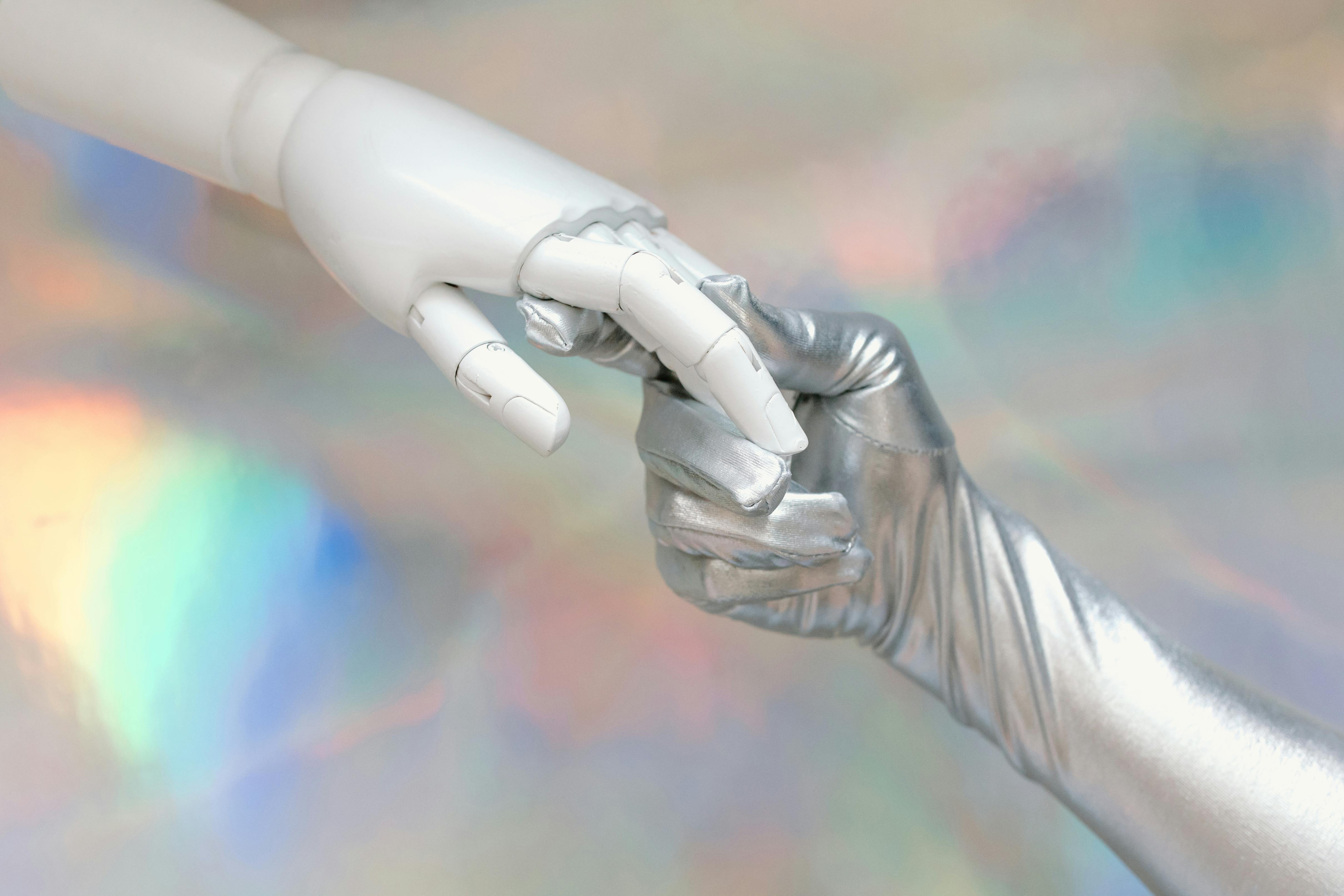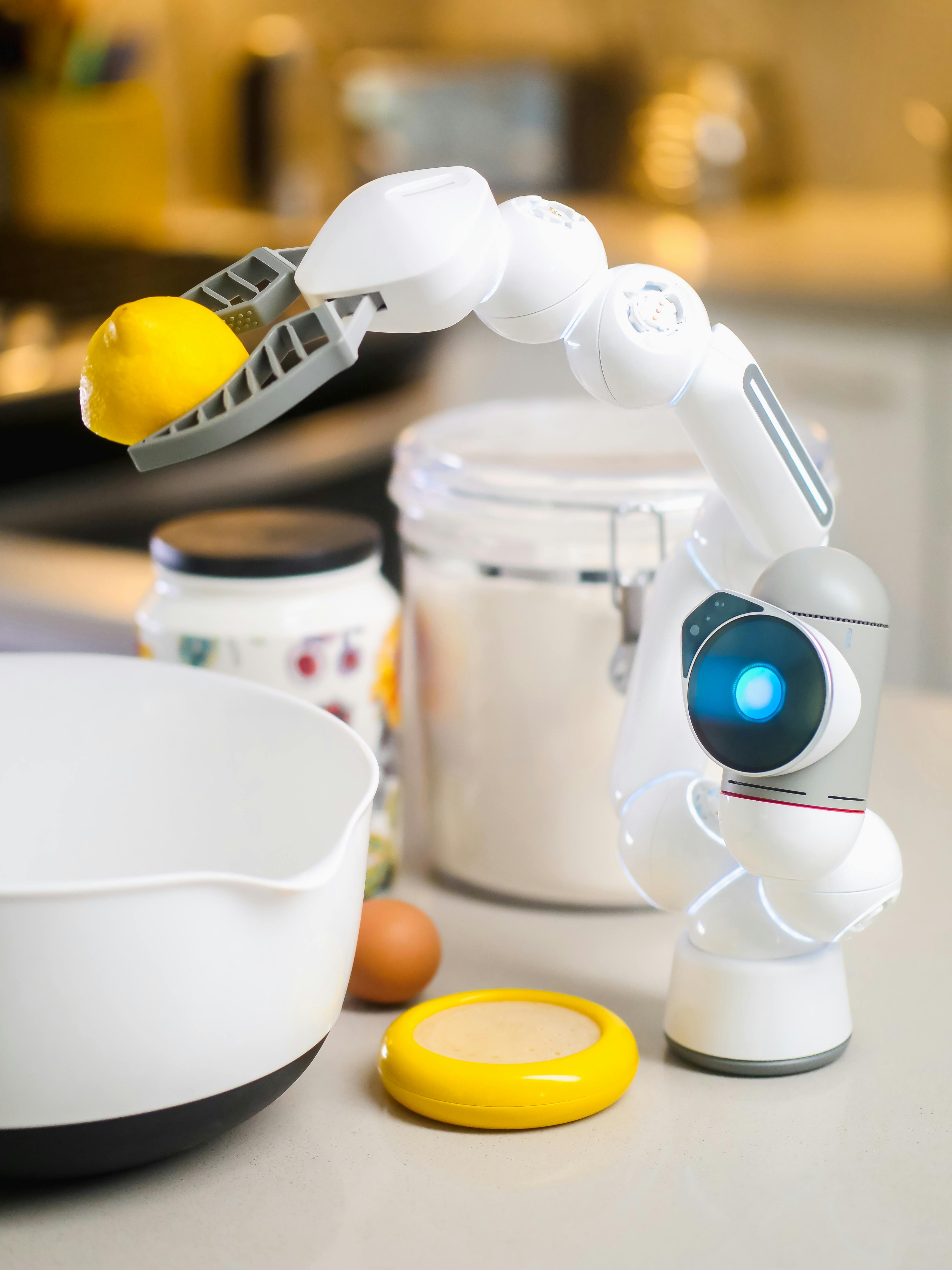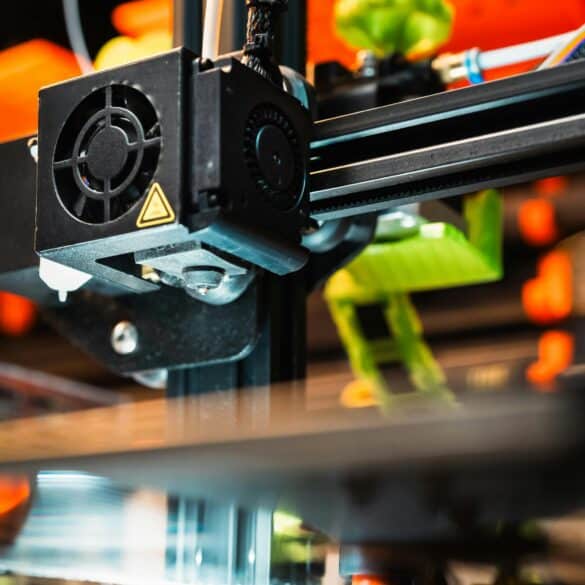Japan’s Robotics Manufacturing Playbook: Boosting Efficiency Globally
Every so often, a country captures the world’s imagination by setting new benchmarks in a domain that seems almost impossible to master. For anyone interested in future-ready manufacturing, Japan has done exactly that—not just once or twice, but as an ongoing tradition. This is not textbook perfection; it’s an ecosystem shaped by relentless curiosity, thousands of mistakes, and very real challenges that prompt hard decisions.
When I first walked through a Japanese robotics plant more than a decade ago, what struck me most wasn’t the technology itself—it was the humility and methodical dedication of people orchestrating these fancy machines. Actually, let me clarify that: I initially expected some kind of sci-fi show. Instead, I found an environment brimming with practical fixes, Kaizen boards covered in sticky notes, and heated discussions about “just-in-time” precision that would boggle anyone who’s witnessed Western-style batch processing.
Why Japan Leads in Robotics Manufacturing
Let’s get straight to the point—Japan didn’t stumble into this position by luck or by simply having lots of smart engineers. There’s history here. Post-WWII, with a devastated economy and a dire need to regain international competitiveness, Japan doubled down on manufacturing process innovation. Companies like Toyota, Fanuc, and Kawasaki Robot (yes, the same Kawasaki that builds motorcycles!) poured research, sweat, and years into perfecting factory floors we now see as global case studies1.
Here’s what makes Japan’s approach unique: The country combines an obsession with incremental improvement (Kaizen) with a deep humility about technology—a refusal to see robotics as a silver bullet, but instead as a tool honed for human and business advantage2. That, plus a nationwide social respect for skilled workers (monozukuri spirit), has built a culture where innovation happens at the ground level and is quickly scaled up to global operations.
- Japan is home to five of the world’s top ten industrial robotics manufacturers (2024 data)
- Over 355,000 industrial robots were operating in Japan as of 2021, the highest density worldwide3.
- 80% of Japanese manufacturers use some form of robotics for process automation
- Japanese robotics exports account for 30% of global shipments
الرؤية الرئيسية
I’ve consistently found that Japan’s robotics leadership isn’t about having the newest toys—it’s about a “systems thinking” culture that emphasizes sustainable productivity gains, not just one-off wins. This is the difference between real world-class manufacturing and mere tech adoption for PR.
Core Principles: Kaizen, Lean, and the Robotics Revolution
Before we get too far ahead, let’s clarify some essentials. I used to conflate Lean Manufacturing and Japanese robotics as more or less the same thing, but what I missed—back in my early consulting days, by the way—was the underlying attitude of constant improvement and respectful integration of new tools (not just automation for automation’s sake).
Here’s the thing: Japanese manufacturing culture treats robotics as a means to an end. The goals? More human-centered, safer, precise, and future-proof operations. Kaizen (continuous improvement) drives small, ongoing enhancements, while Lean methodology eliminates wasteful practices throughout the process. Robotics fits in not as a “replacement” for skilled workers, but as an amplifier of what those people can achieve.
“Technology should always serve human work, not displace it. Robots do the heavy lifting so people can focus on complex, creative, and strategic tasks.”
I’m partial to this philosophy because I’ve seen Western factories chase shiny automation systems, only to wind up with headaches from poor integration and worker resistance. In Japan, there’s some nervousness too (of course), but the management approach is radically inclusive. Top-down strategies are blended with ground-up problem solving. No single change is considered “finished.”4
Pro Tip from the Field
If you’re mapping your own way forward, start with Kaizen workshops on the floor—let the people who do the work design how robots fit in. It sounds humble, but it’s honestly one of the reasons Japanese factories have outperformed global peers for 30+ years.
Case Studies: Toyota, Fanuc, and Beyond
Moving from theory to real life, let’s look at a few examples that bring the Japanese robotics ethos to life. Actually, before I dive into Toyota, let me point out: It’s easy to idolize these behemoths, but the truth is, every case I’ve seen involves periods of painful recalibration and even outright failure.
First, Toyota—not just a car manufacturer, but arguably the spiritual home of Lean Manufacturing. Their “Toyota Production System” (TPS) marries Kaizen with a relentless push for “jidoka” (automation with a human touch). Last month, I reread an internal TPS case study from the late 90s; what’s wild is how the lessons about worker empowerment and gradual robot integration are still cited in global benchmarking reports today5.
Quick Snapshot: Toyota vs. Global Peers
| متري | Toyota (Japan) | GM (USA) | Volkswagen (Germany) |
|---|---|---|---|
| Robots per 10,000 employees | 1,680 | 890 | 1,120 |
| Defect rate (%) | 0.18 | 0.32 | 0.29 |
| Average assembly time (hours) | 22 | 30 | 26 |
What matters, in my opinion, is not that Toyota “won” some productivity contest. It’s that their success was built, year after year, on allowing teams to pause assembly lines, trial new robotics incrementally, and adopt changes only once small-scale success was proven. Mistakes were embraced as part of the process—disruption, learning, and improved SOPs (Standard Operating Procedures) resulted.
“Every error is a treasure. It tells us what needs to change in our work system.”
Fanuc is another name that keeps popping up in robotics circles—probably because they make the yellow robots you’ve likely seen in everything from automotive plants to circuit board factories6. My first Fanuc training session was humbling, honestly. They put plant engineers (not just managers) front and center, teaching them to configure robots for ultra-precise welding and packaging lines—absolutely game-changing for uptime and defect reduction.
- Fanuc’s iRVision systems integrate visual inspection with assembly, cutting QA costs by 22%
- Their self-diagnosing robots predict failures and reduce downtime—the stuff of global legend
- Aggressive focus on open architecture: letting customers “own” their innovation
Practical Steps for Adopting Japan’s Robotics Approach
Let me step back. At this point, you might be wondering, “Sounds great, but how do I get started—or, how do I keep moving forward without overhauling everything?” Here’s where I’m still learning as well, since every context is different. However, here’s a stepwise pattern I’ve seen deliver across Japanese and international factories:
- Audit and Benchmark. Map your current operations against benchmarks from roboticized Japanese plants. Don’t shy away from finding embarrassing gaps—you’re in good company!
- Kaizen-Led ‘Floor Workshops’. Shape your automation agenda through collaborative sessions between robotics engineers and frontline operators. Nothing beats a sticky-note war when new ideas meet legacy pain points.
- Start Small, Iterate Relentlessly. Target one “pain point” cell or line. Invest in one robot—let the team troubleshoot, refine process flows, and only then replicate across the plant.
- Obsess Over Integration. Japanese lines synchronize robotics with MES (Manufacturing Execution Systems) early, not as an afterthought.7
- Invest in Workforce Upskilling. This one can’t be overstated. Every successful Japanese robotics project I’ve observed prioritizes “co-bot” training, mutual respect, and cross-functional skill growth.
Actionable Checklist for Immediate Impact
- Involve operators early; let them “own” the robotics roadmap
- Design robust feedback loops—one failure should trigger five lessons (at least)
- Standardize documentation for scalable SOPs across lines and plants
- Push for strong vendor partnerships—open-source where possible, not black-box dependency
I need to revise something I said earlier: No template is universal. You’ll face time, budget, and compliance hurdles I can’t predict. But the Japanese playbook, if nothing else, teaches relentless curiosity—never accept that today’s “state-of-the-art” is good enough. That’s the heartbeat of manufacturing efficiency.
“Did You Know?”: A Japanese Robotics Fact
Japan’s International Robot Exhibition (iREX) is the world’s largest robotics trade show, hosted biennially in Tokyo. In 2023, iREX showcased over 750 exhibitors and attracted more than 150,000 visitors from nearly every continent. Even local school groups attend—an early sign of how robotics is truly embedded in Japanese culture from a young age.

Challenges, Pitfalls, and Emerging Opportunities
All right, time for some uncomfortable truths—Japan may set the benchmark, but it’s far from immune to pitfalls or disruption. What really strikes me nowadays, especially post-pandemic, is how even the most “mature” robotics ecosystems stumble over fresh global problems: aging demographics, material shortages, cybersecurity threats, and mounting ESG scrutiny8.
- Workforce displacement fears require real, ongoing re-skilling (not just reassurances or workshops)
- Legacy equipment integration causes surprise failures and costly downtime
- Regulatory shifts (think GDPR or China’s export controls) increasingly disrupt cross-border deployments9
- Cyberattacks on robotic lines can grind operations to a halt, amplifying supply chain risk
- Finding “quick ROI” is seductive but risky—Japanese firms typically prioritize five- to ten-year ROI windows (a real cultural gap!)
I’ll be completely honest: During a project rollout in Nagoya last year, my team underestimated how painful some MES upgrades would be. We also ran into regulatory paperwork snags around cross-border component sourcing—a reminder that “follow the Japanese way” requires local context and adaptation, not blind imitation.
“The enemy of progress is the myth of perfection. Good systems are built on continuous trial, error, and collective learning.”
How to Navigate the Pitfalls?
- Risk Mapping: Use failure modes and effects analysis (FMEA) for each proposed robotics deployment10.
- Regulatory Vigilance: Assign compliance “champions” within project teams for early warning on rule changes.
- Cybersecurity-by-Design: Treat every connection point as a vulnerability; establish protocols before, not after a breach.
- ROI Realism: Favor scenarios that nurture “progress over perfection,” and communicate realistic timeframes.
What puzzles me sometimes is how many Western firms chase Japanese best practices without realizing the social capital and cultural nuance baked into these strategies. Relationships with unions, city governments, and even local communities matter a lot—something textbooks miss completely.
What’s Next? Robotics, AI, and the Global Supply Chain
Honestly, my thinking on the “future of manufacturing” keeps evolving. Three years ago, I would have said, “AI will run the show.” But observing recent Japanese deployments—where AI-driven robots collaborate with workers yet remain tightly monitored by people—my perspective has shifted toward a blended vision.
- Collaborative Robots (“Cobots”)—deployed for highly variable assembly and packaging, working side-by-side with humans
- AI-focused predictive maintenance—pioneered in Japan, now rolled out in Europe and North America
- Remote management of production lines (especially during COVID-19’s travel bans)
- Real-time supply chain control, powered by IoT sensors and cloud platforms—flattening traditional global hierarchies11
Here’s where I get passionate: No single country “owns” the future here, but Japan’s model for blending human know-how, transparent change management, and gutsy technical investment is worth repeating, globally. Newer startups in India, Germany, and Mexico are already taking the Kaizen/robotics mix and adapting it to local realities.
| اتجاه | وصف | Global Example | مستوى التأثير |
|---|---|---|---|
| AI-Integrated Robotics | Adaptive robots using vision, learning, and analytics to optimize tasks in real time | Hitachi plants; ABB’s FlexPicker in food automation | Very high |
| Remote Operation | Operators manage robots from off-site locations, increasing flexibility | Omron’s digital twins pilot; Hyundai offshore control rooms | High/Medium |
| Cobots | Robots designed for direct collaboration with human workers, not isolation | Universal Robots; Fanuc’s CR Series | واسطة |
From my perspective, the “winners” will be organizations able to personalize, scale, and refresh robotics strategies as workforce demographics, technologies, and regulations evolve. Japan’s model proves the value of thinking 5–10 years ahead—even as the day-to-day work is still grounded in floor-level experimentation and feedback.
Futureproofing Checklist
- Map cross-functional learning plans for both technical and “soft” skills
- Engage vendors willing to customize, not just sell one-size-fits-all robots
- Monitor emerging regulatory requirements—especially around AI decision-making
- Cultivate “continuous pilot” mentality—expect change, don’t just react to it
Anyone else feel like the hardest part is just keeping up? That’s not a flaw; it’s the new normal.
Conclusion: Japan’s Playbook in a World of Change
Let me think about this—the final takeaway isn’t about copying Japan’s robotics playbook by the letter. What’s enduring, and what I try to practice myself, is the mindset: process, people, and patience first, robots second. Every great Japanese factory I’ve toured is, in the end, a living laboratory. Mistakes are not only tolerated; they’re valorized because they provide clear lessons. Kaizen, Lean, and strategic robotics aren’t a “formula”—they’re a rhythm.
Looking ahead, adopting Japanese principles means being brave enough to experiment, systematic enough to measure, and humble enough to adapt—even when your best plan falls flat. As someone who’s implemented (and sometimes stumbled through) these changes on global teams, I’ll say this: the most resilient operations are those who treat every person, process, and innovation as a dynamic part of the system.
Ever notice how the “next big thing” is always just around the corner? Well, in manufacturing, the frontier will be written by leaders who blend relentless local optimization with global learning—a combination exemplified by Japan’s proven, evolving robotics-powered approach.
الدعوة النهائية للعمل
Challenge your teams to study, adapt, and iterate—in true Kaizen fashion. No solution is forever, but the spirit of relentless improvement is what creates durable, efficient, and innovative business operations globally.
مراجع
Works Cited / Further Reading



